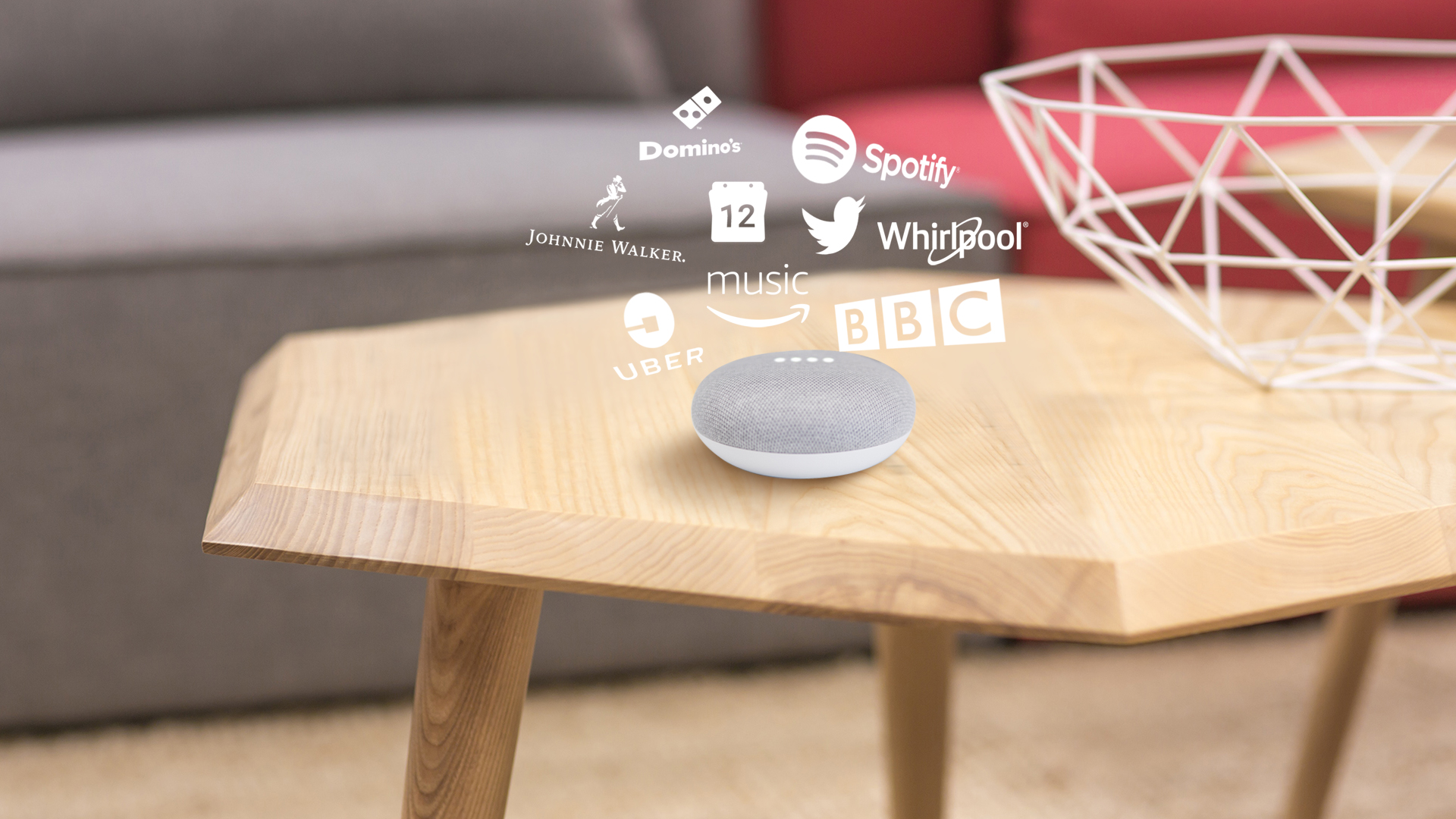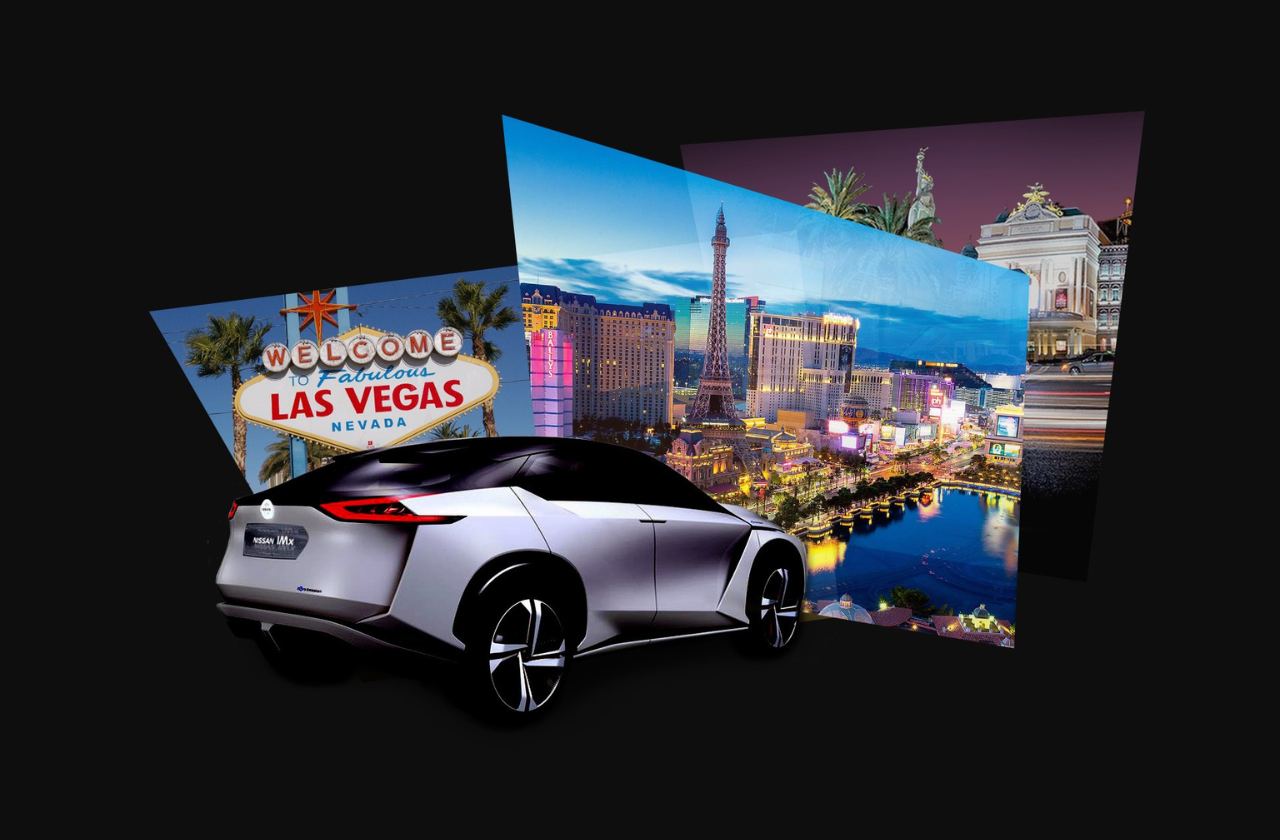





Creating a genuine brand ‘voice’ in the world of AI
‘Think different’ was long as much part of Apple’s brand as its logo or glossy gadgets. And so ‘tone of voice’, as the jargon goes, has long been a thing for any brand to define as part of its sales pitch. In plain English, that means how it sounds and speaks, of a piece with how it looks and behaves. It’s the logic behind the UK’s talking smoothie brand, Innocent Drinks, all quirky design and language about squished yummy things; Lindt’s new ‘funky’ chocolate range that bafflingly declares it’s ‘nice to sweet you’, while forever, Nike has exhorted us to ‘Just do it’ to match its edgy visuals.
So far so familiar, but in the new frontier of artificial intelligence, there’s a new set of questions from an explosion of tech brands that actually talk to us. Siri has been on our iPhones since 2011, Amazon’s Alexa was big Christmas hit in 2016. There’s Microsoft’s Cortana, Google’s Home Assistant, and there are rumours that Facebook is jumping on the Voice bandwagon with Aloha and Fiona.
So what are these curious creatures, most with vaguely feminine names — and what does it mean for branding ‘voice’? Clearly, Voice is not only here, but here to stay — and brands outside those early tech leaders need to start paying attention.
Back to the Future — again
Voice (the collective noun for voice controlled devices, or ‘conversational computing’) has been a part of popular folklore for some decades now, from Star Trek’s futuristic responsive computer, via the spooky HAL of 2001: A Space Odyssey, to that impressive staple of Saturday night TV entertainment for Brits and Americans: Knight Rider. The show was about a “man who did not exist” — Michael Knight (David Hasselhoff), and we would follow the adventures of this modern day crime fighter as he caught baddies who acted above the law. It was cool. But the real star of the show wasn’t Michael Knight, it was a car: a prescient AI talking car called K.I.T.T.
Many a kid in the Eighties wanted to drive K.I.T.T. The car sounded smart and it was: it could do complicated calculations in an instant to ensure a safe landing when jumping across a ravine, so Knight could work his magic on the other side. K.I.T.T. had the voice of an English butler, a bit like a confident C3PO, and it worked because K.I.T.T demonstrated the reliability and dependability you’d expect of the Queen’s Private Secretary.
Many of us might still like to drive K.I.T.T., and it would be fun to have a Johnny 5 at home to empty the dishwasher. But while the reality as predicted in the 80s isn’t quite here yet, we do keep reading that it’s coming.
Cars will soon not only talk back to you, they’ll be driving themselves. The advances in robotics will soon make a Johnny 5 an actual reality, although we’re probably at least another two decades away from one actually emptying a dishwasher properly. But now we need to brand this proliferation, and so here, we sketch out some of the main features and considerations behind of this new brand world of Voice.
Today: The Normative (female) tone of Voice
How Voice currently sounds today has pretty much been decided by all the tech giants — they sound the the same. Google Home, Alexa and Cortana all, by default, sound like a generic educated white women with no discernible regional accent, with Siri sounding like a brother to these female AI assistants.
So why have the tech giant’s all pretty much taken the same tack? “There’s a kind of pressure to conform to the prejudices of the world” and that, from commercial research — people would prefer to hear from a helpful young caucasian female, and they are probably right, but do the voices projected by these virtual assistants sound right?
Tomorrow: How could or should a brand Voice sound?
As Voice becomes ubiquitous, brands will need to define their tone of voice more than ever before — and in new ways beyond the standard Guidelines of today. Not only will they have to consider the words used but how they sound when spoken aloud: the accent, inflections, gender and age. Should the brand consider giving voice multiple accents, adapting to place and taking in regionalisms and colloquialisms? Then there’s the question of whether the brand(ed) voice changes throughout the transaction process. Should it change as the user passes through the customer journey? Consider the process of booking a holiday using AI Voice: could the voice at the enquiry stage be reserved and efficient, more friendly and relaxed once the holiday is booked, perhaps becoming excited has the holiday becomes closer?
As the technology progresses, what is clear is that brand communications as we know them will change. Artificial intelligence will, in time, deliver almost human-like interactions, and the opportunities to be interactive with the brand will also increase: talking adverts at bus stops, talking chat bots on websites, talking luggage tags, the possibilities…

Amazon is already offering a text-to-speech service called Polly, allowing brands to create currently unused applications that talk in different voices, and in different languages, synthesising speech to sound a (bit like) a human voice. It’s even possible to create your very own digital voice (if you’re interested, here is my voice which, although a little synthetic, does actually sound like me).
This being said, one truism will remain – that the actual content, through words well chosen, will continue to matter more than quirks of inflection. Of course, in a human speaker, intentionality is wrapped up with gestures, intonation – the tone as much as the words. But humans can see beyond this… if (and it’s an ‘if’ we are exploring in a parallel piece on these pages soon) it’s clear that the machine isn’t pretending to be anything else.
In other words, content reigns.
Take the example of theoretical physicist Stephen Hawking, whose synthetic voice was nothing if not distinctive, but has stood the test of time and became possibly the most famous example of a digital brand voice. The quirky sound ultimately pales next to the substance of what he actually says: words that are listened to and trusted the world over. Arguably, the same will go for brands, and this will increase demand for good copywriters.
So, we are clearly at the start of a journey with Voice and for brands. 75% of homes are expected to have voice activate devices by 2020 – making it a timely moment to consider how brands will make the most of this opportunity. Delivering a smooth experience that is useful and entertaining will surely prove truly brand-building overall. Moreover, technology will continue to provide new ways for brands will communicate and connect with audiences – and customers. The brands who don’t embrace Voice will, in effect, be silenced, should their customers embrace Voice and want to communicate on this new platform. And the signs are that many do.
With Voice set to be the sound of the not-too-distant future, it’s time to listen up.



Our dedicated team dives deep, delivering relentless value and aligning digital solutions with your goals in a way that guarantees success
Learn more